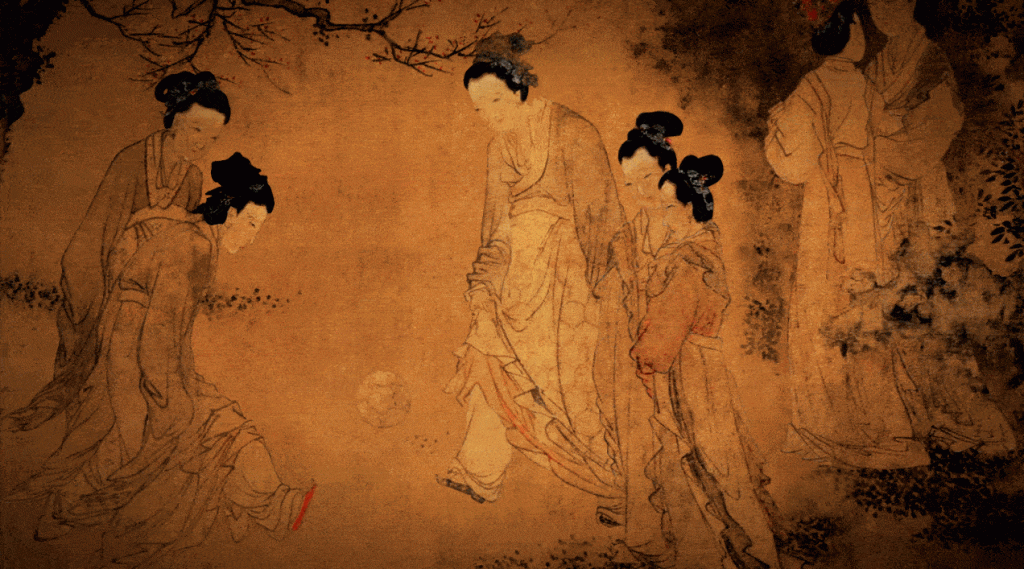
Masterpieces of Chinese Painting: 700 – 1900 brought together the finest examples of Chinese painting from the beginning of the 8th to the end of the 19th century, from small-scale intimate works by monks and literati through to scroll paintings over 14 metres long, most of which had never left China before. As part of the interpretation I commissioned and project managed an immersive and interactive gallery space to bring the paintings to life. Designed with families and young people in mind, the gallery aimed to allow visitors to put themselves into the paintings, learn about the stories within them and appreciate their beauty.

Scroll paintings can be a tricky thing to encounter for the first time. Their mixture of narrative composition and landscape, coupled with unfamiliar places and stories and abstracted forms, create an intimidating experience. To break down these barriers by making the paintings life size we hoped that visitors would be able to experience the art in a new way and one which encouraged active participation with the works.

Using an array of Kinect sensors and a multi-projection setup, paintings were displayed over a 10m space on three walls and another projected interaction area extended them out across the floor. Visitors could interact with the paintings with gesture and movement, waving to characters, blowing wind through landscapes, controlling the flight of dragons and applying colour to decolourised paintings.

The installation received 25,000 visitors over the course of its run and media spots in the UK, Taiwan and China. The animations produced were re-purposed for use in London Underground marketing campaigns creating a vivid and lively call to action. Research by UCL on embodied interaction and a case study on the installation can be found here.

